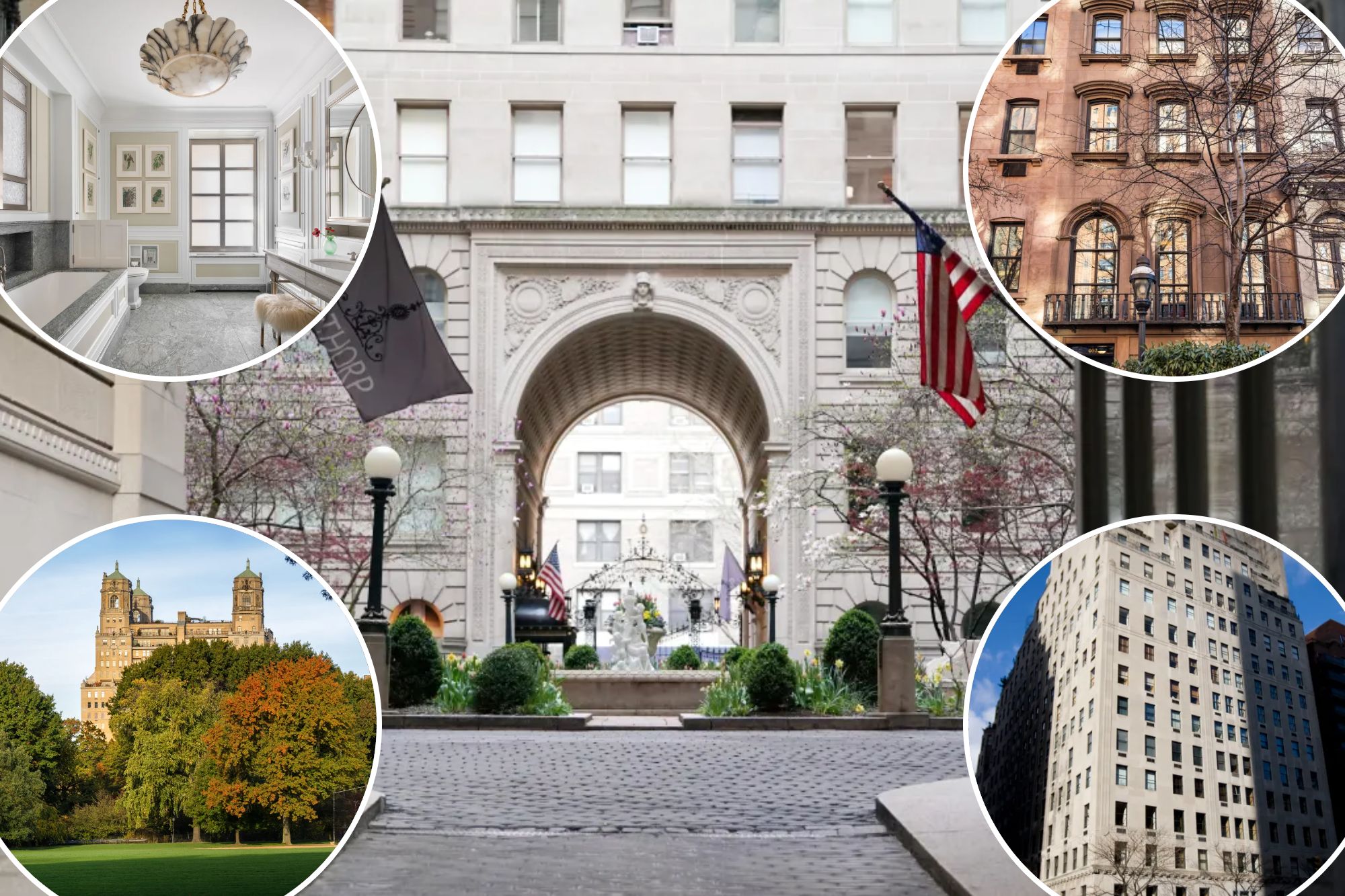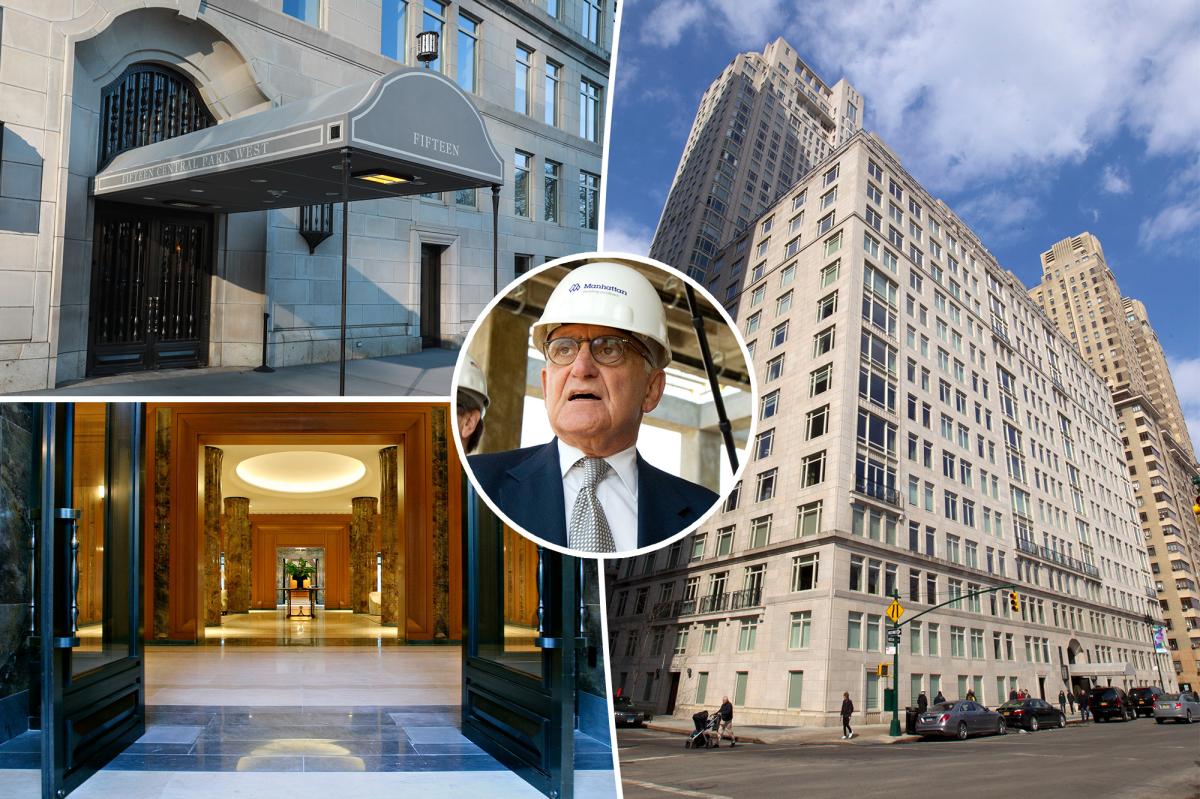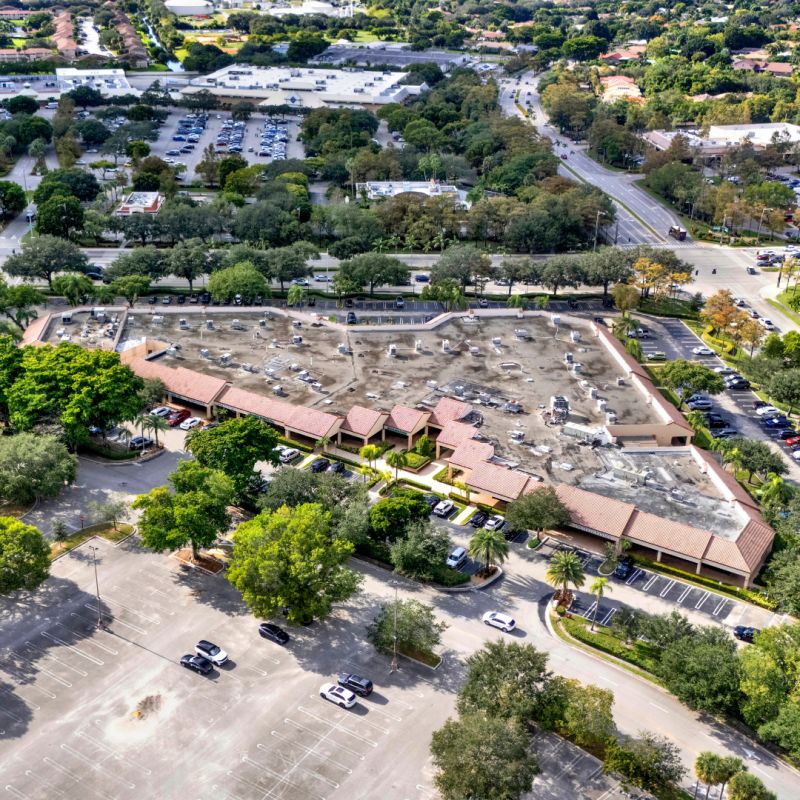I
n a city where sleek glass towers seem to sprout up by the week, a dedicated group of buyers is turning its attention to buildings that predate World War II. These apartments, constructed between the 1880s and early 1940s, are prized for their craftsmanship and character – qualities often lacking in modern developments.
"Pre-war apartments continue to attract a specific type of buyer who values history, craftsmanship, and architectural charm over sleek amenities," says Ben Jacobs, a luxury real estate broker at Douglas Elliman. Many clients are drawn to the high ceilings, thick walls, and intricate moldings that evoke a sense of classic New York.
While modern developments dominate headlines, these homes offer a unique blend of history and "true New York" character. Practical perks include soundproofing and traditional floor plans, but drawbacks range from outdated plumbing and wiring to restrictions on renovations in landmarked buildings.
"A lot of pre-war buildings haven't been kept up to date with plumbing, electrical, and overall infrastructure," notes Gina Conzo of Coldwell Banker Warburg. Renovations can be difficult or even limited in landmarked buildings, and repairs often come with unexpected costs.
Most pre-war units are co-ops, which offer perceived financial stability but come with strict boards, high entry requirements, and limits on subletting. However, some rules are loosening to stay competitive.
Many celebrated examples – such as 740 Park Avenue, The Beresford, and The Apthorp – have been updated to blend historic elegance with modern comforts, attracting buyers who value architectural legacy as much as livability. Some pre-war icons have even undergone spectacular renovations without sacrificing their period character.
For Kirsten Jordan of Corcoran, the draw comes down to scarcity: "Pre-war apartments offer something rare in New York – true history you can actually live in." With a finite supply and a story behind every stone, these buildings are truly one-of-a-kind.














